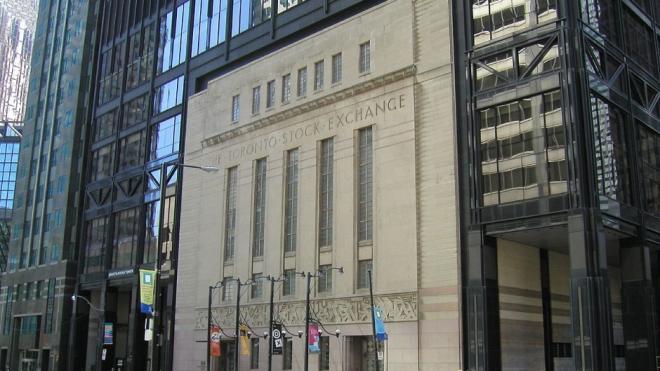Is Architectural Façadism an Abomination, or a way to preserve the beauty of the past?
CBC RADIO, SUNDAY EDITION with Michael Enright
"Façadism" — the practice of maintaining the façade of a historic building while erecting a new building behind — has become a common compromise in cities in Canada and around the world. It is a way for developers who want to increase density, and heritage advocates who want to save old buildings, to declare victory at the same time.
At its best, façadism is a marriage of the past and the future — one that preserves the dignity and beauty of beloved old buildings, while allowing the city to grow and change.
But at its worst, façadism can be disorienting and garish. It can look as though buildings with two very different characters have been slapped together ... neither of them particularly happy to be sharing the same space.
In some case, the most important piece of a building may well be the front, the piece that is part of the public realm.
- Chris Borgal
Even though along the street it might look the same — and in fact, in many cases the buildings have been restored within an inch of their lives — their function, and their cultural purpose, the way they operate and the way a whole series of small buildings work together in a neighbourhood ... that's lost.
- Catherine Nasmith
Michael speaks with two architects about façadism. Click here to hear the interview on CBC Radio.
Chris Borgal is a principal architect at Goldsmith Borgal & Company Ltd. Architects in Toronto. He specializes in the restoration of heritage buildings. He has been involved in projects like the revitalization of Massey Hall and the redevelopment of the Concourse Building in Toronto.
Catherine Nasmith is a practising heritage architect and planner, and president of Architectural Conservancy Ontario. She is also a past chair of the Toronto Preservation Board and a Jane Jacobs Prizewinner.
